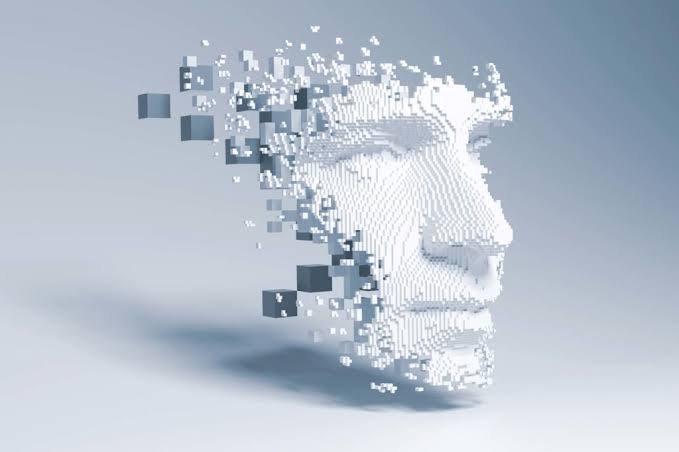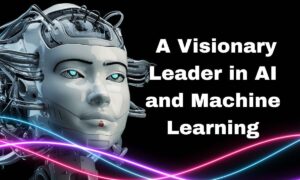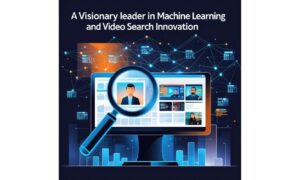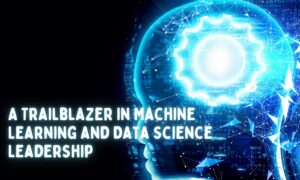Artificial Intelligence (AI) is rapidly advancing, with deep learning emerging as a transformative force within the field of machine learning. Deep learning algorithms, inspired by the structure and functioning of the human brain, have revolutionized the way machines process information and make decisions. In this article, we will explore the impact of deep learning on traditional machine learning, uncovering how deep learning is reshaping the landscape of AI algorithms.
Understanding Traditional Machine Learning
Traditional machine learning techniques have been the foundation of AI for decades. These algorithms rely on statistical models to identify patterns and make predictions. They require feature engineering, where human experts manually select and extract relevant features from the data. Traditional machine learning approaches include decision trees, support vector machines (SVM), k-nearest neighbors (KNN), and linear regression.
Deep Learning: The Rise of Neural Networks
Deep learning, a subset of machine learning, has gained significant prominence due to its ability to automatically learn hierarchical representations from raw data. Deep learning models are based on artificial neural networks, which consist of interconnected nodes, or neurons. These networks learn by adjusting the weights and biases of the neurons through a process called backpropagation.
Neural Networks: Mimicking the Human Brain
Neural networks are composed of layers of interconnected neurons. Each neuron applies an activation function to its inputs and passes the output to the next layer. The strength of connections between neurons is learned from the data during the training phase. The input layer receives the raw data, while the output layer produces the desired predictions or classifications.
Training Deep Learning Models: Backpropagation and Optimization
Training deep learning models involves feeding labeled data into the network, comparing the predictions to the true labels, and adjusting the weights and biases to minimize the error. Backpropagation is the key algorithm used for this adjustment. It calculates the gradient of the error with respect to the network’s parameters and updates them accordingly. Optimization algorithms, such as stochastic gradient descent, ensure the efficient convergence of the model during training.
The Impact of Deep Learning on Machine Learning
Deep learning has had a profound impact on traditional machine learning algorithms. It has challenged the need for explicit feature engineering, as deep learning models can automatically learn relevant features from the raw data. This has significantly reduced the human effort required in designing effective machine learning systems. Deep learning models have also shown superior performance in handling large-scale and complex datasets.
Image and Speech Recognition
Deep learning has revolutionized image and speech recognition tasks. Convolutional Neural Networks (CNNs), a popular deep learning architecture, can automatically learn to extract hierarchical features from images, enabling highly accurate image classification and object detection. Recurrent Neural Networks (RNNs) have been successful in speech recognition tasks, capturing the temporal dependencies in audio signals.
Natural Language Processing
In the field of natural language processing, deep learning has made significant strides. Deep learning models, such as recurrent neural networks and transformers, have achieved remarkable success in tasks such as machine translation, sentiment analysis, and text generation. These models can learn to understand and generate human-like language, improving the accuracy and fluency of natural language processing systems.
Anomaly Detection and Fraud Prevention
Deep learning has also made an impact in anomaly detection and fraud prevention. Traditional machine learning algorithms often struggle with detecting complex patterns that indicate anomalies or fraudulent activities. Deep learning models, with their ability to capture intricate relationships in data, have shown promising results in identifying fraudulent behavior, both in financial transactions and cybersecurity.
The Future of AI Algorithms
As deep learning continues to transform machine learning, the future of AI algorithms looks promising and exciting. Here are some key aspects that will shape the future of AI algorithms:
Advancements in Deep Learning Architectures
Deep learning architectures will continue to evolve, becoming more powerful and specialized for specific tasks. Researchers will develop new architectures that address the limitations of current models, enabling even higher accuracy and efficiency. Architectures like transformers, which have shown great potential in natural language processing, may find applications in other domains, such as computer vision and recommendation systems.
Integration of Deep Learning with Traditional Machine Learning
The integration of deep learning with traditional machine learning techniques will become more prevalent. Hybrid approaches will combine the strengths of both, leveraging deep learning for feature extraction and traditional machine learning for interpretability and explainability. Transfer learning, where pre-trained deep learning models are fine-tuned for specific tasks, will continue to be a valuable technique for leveraging large-scale pre-trained models.
Explainability and Transparency
As AI algorithms become increasingly complex, there is a growing need for explainability and transparency. Efforts will be made to develop methods that provide insights into how deep learning models make predictions. Techniques like attention mechanisms and interpretability algorithms will be refined to provide more transparency, enabling users to understand and trust AI systems.
Continual Learning and Lifelong Adaptability
The ability of AI algorithms to continually learn and adapt to new data and environments will be crucial. Lifelong learning techniques will enable AI systems to acquire new knowledge and skills over time, without forgetting previous knowledge. This will be essential for applications where the data distribution changes or evolves, such as autonomous driving or personalized recommendation systems.
Ethics and Bias Mitigation
Ethical considerations and bias mitigation will play a significant role in the future of AI algorithms. Addressing bias in data and algorithms will be a priority to ensure fairness and avoid discrimination. Efforts will be made to develop techniques that reduce bias and promote inclusivity. Algorithmic transparency and audits will become more common to ensure that AI systems are accountable and aligned with ethical standards.
Edge Computing and Federated Learning
Edge computing, where AI processing is performed locally on devices, will gain prominence. This approach reduces the reliance on cloud infrastructure and enables real-time AI applications. Federated learning, which allows multiple devices to collaboratively train a shared model without sharing raw data, will play a vital role in privacy-preserving AI algorithms.
Conclusion
The future of AI algorithms is bright, driven by the advancements in deep learning and the integration with traditional machine learning. These algorithms will become more powerful, transparent, and adaptable, enabling AI systems to tackle complex tasks with accuracy and efficiency. As AI continues to shape various industries and aspects of our lives, it is essential to ensure ethical considerations, transparency, and fairness in the development and deployment of AI algorithms. By embracing these principles and pushing the boundaries of AI research, we can unlock the full potential of AI to benefit society.



































